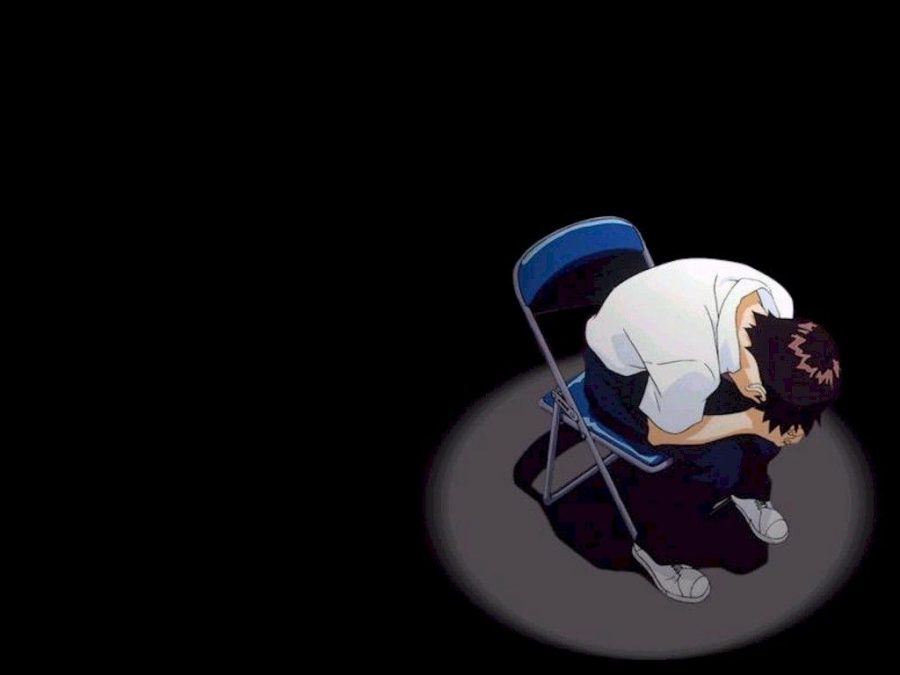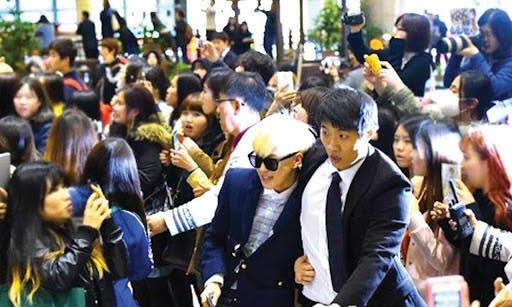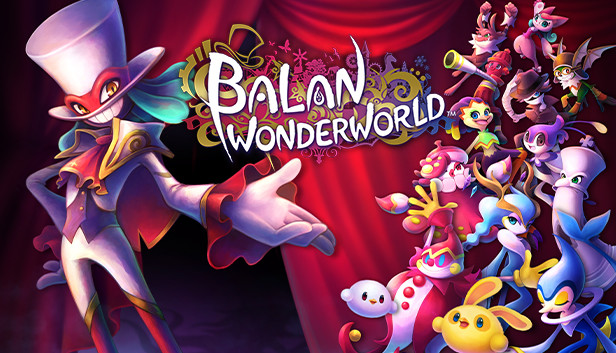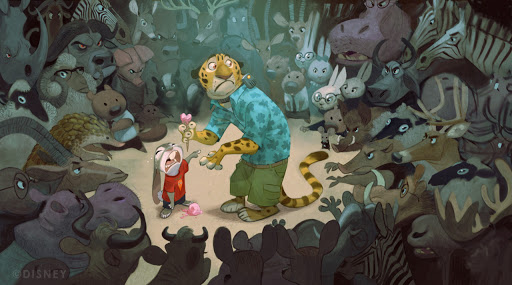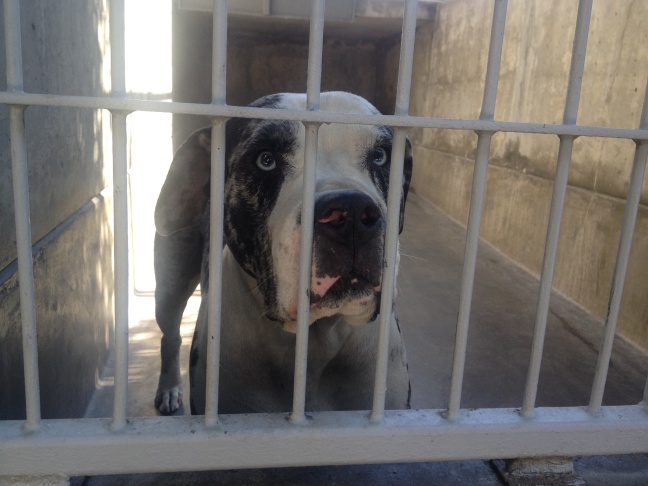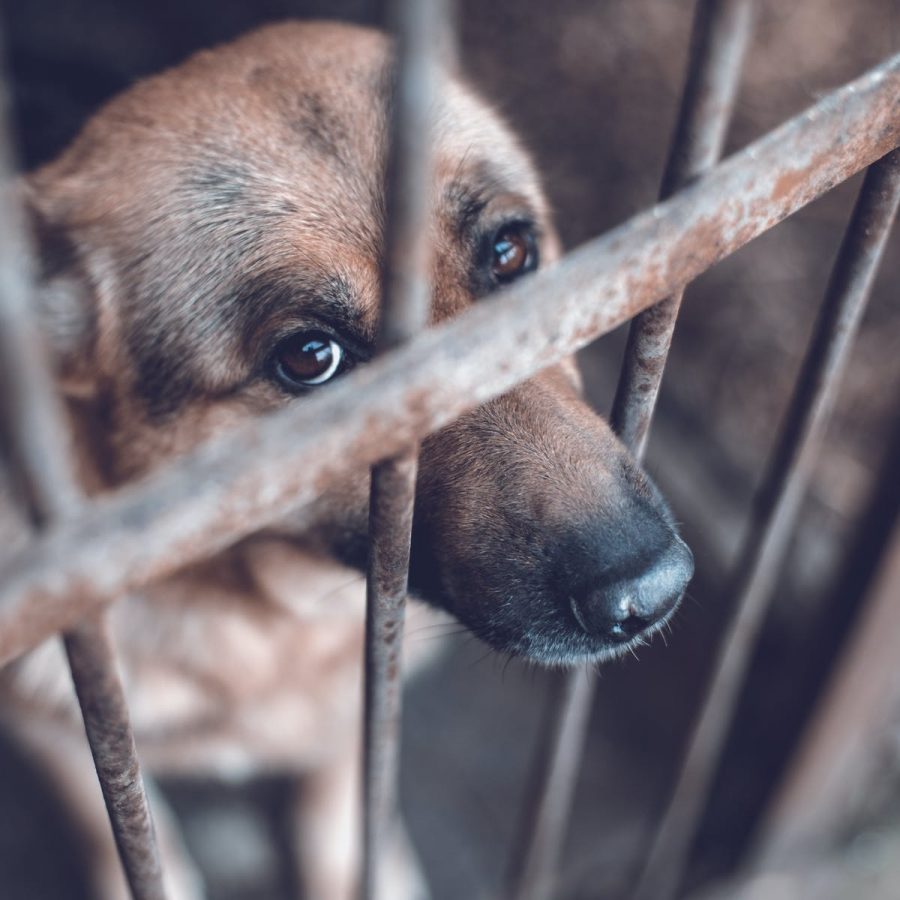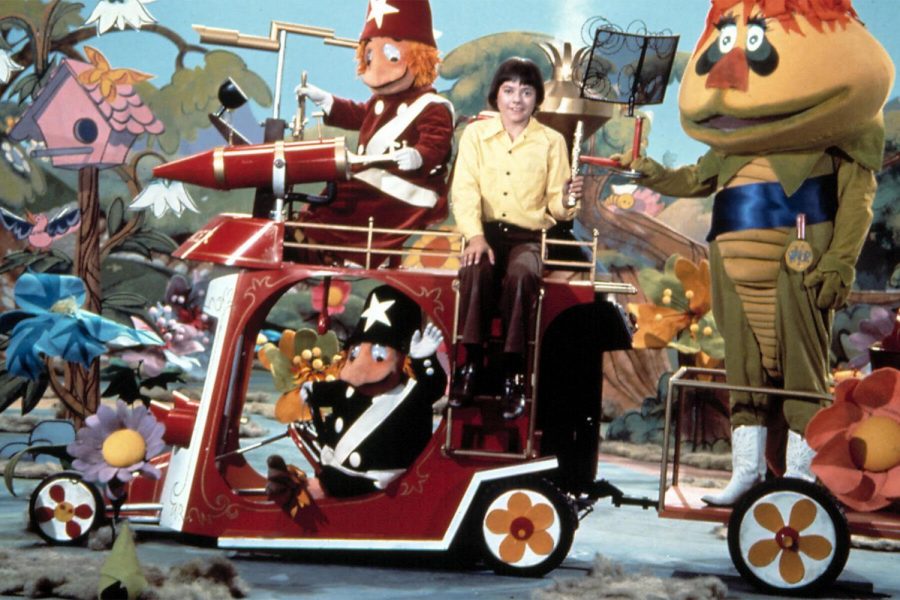The animation industry is one of the most competitive, yet vastly successful, industries within the art realm. Behind the scenes of those films lies the work of animators, no matter their age, sex, or origin, who pour their blood, sweat, tears into their passion.
However, it is no secret that, unfortunately, this industry houses the mostly overlooked and rampant abuse that is primarily directed towards Japanese animators.
With the large number of anime films and TV series that come out each year, in order to keep up with demand, it is a shame that most viewers do not realize the reality of the situation. Many Japanese animators are put through so much hardship in order to get these episodes done on time, without sacrificing their mental and physical health.
Often, they live through poverty for the sake of their passion for animation. However, to just say that these professionals have to face issues of just being overworked and underpaid is a gross understatement that barely scratches the surface of the greed that occurs within the anime industry.
American and Canadian animators, both of whom most notably often form unions to avoid animator abuse, are paid almost three times more than their Japanese counterparts. While the average salary for an animator in the U.S. is $16.84 per hour and overall $62,591 yearly, Japanese animators earn almost as little as 770 yen an hour. This translates to only $7.10 American dollars per hour, a level just barely under a manageable income.
Often when Japanese animators first come out of university, they have to earn almost 20 years of experience to make a considerable amount of income, that can lift them just a smidge above Japan’s poverty line. The amount of work they do is equivalent to about 400-600 hours per month, and it is very often that this severe overload of work is what leads to a higher percentage of irreversible injuries that animators as young as 19 have to go through, such as carpal tunnel syndrome, tendinosis, and back injuries.
The devastating conditions that Japanese animators are forced endure are notoriously referenced in anime cartoons, and they even joke about how unhealthy their lifestyles are. They work hunched over, in tired environments within cubed dormitories. They eat little more than prepackaged foods, such as ramen, and they often look zombified on a daily basis.
Tragically, the public often unfortunately turns a blind eye to these circumstances. Fortunately, people such as Ayane and Jun have come to speak out against the maltreatment of Japanese animators and have also created a GoGetFunding website to help out other Japanese animators who are also struggling with similar issues.
The animation industry is far from perfect. There are always going to be issues, such as the mistreatment of animators that happens more generally outside of the U.S. But these issues will continue to happen until people start to demand change.
The industry itself is also growing to be increasingly more difficult to manage because of the amount of people who are not even willing to pay a single dime for the media they consume. Also at fault are the employers of the animators, who also laugh in the faces of those asking for a bare minimum raise in pay.
Additionally, there may be some hope in the future for Japanese animators, if more people support smaller, more freelance-based studios, where the pay is more directly able to reach artists, including more unions being formed. Consequently, the animators who reside outside of the U.S. will have something to look forward to.
In the end, it is absolutely unfortunate and infuriating for me, as an animator myself, to see the greed that the industry houses for big anime corporations, that refuse to pay their artists the money that they have so clearly earned. These animators, despite being so overworked and so mistreated, still deliver the shows that the general public so dearly loves.





